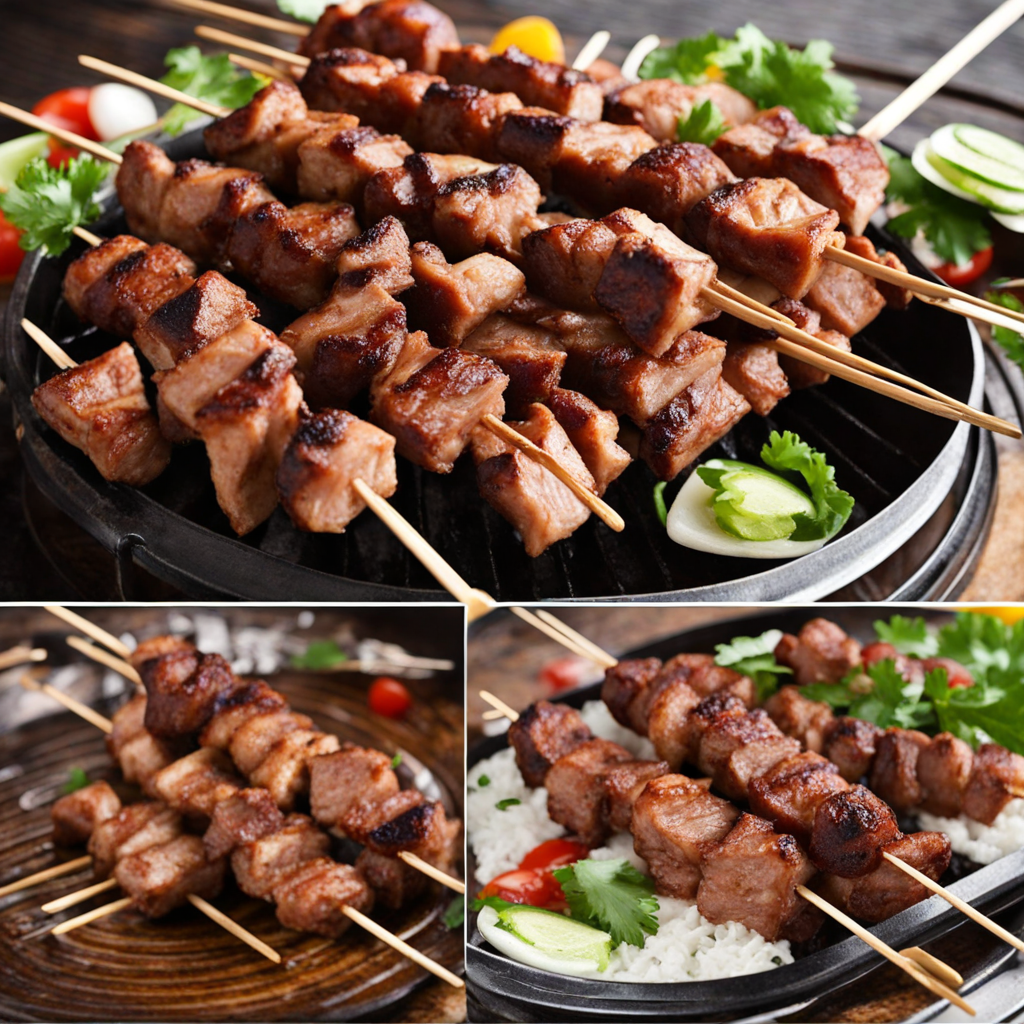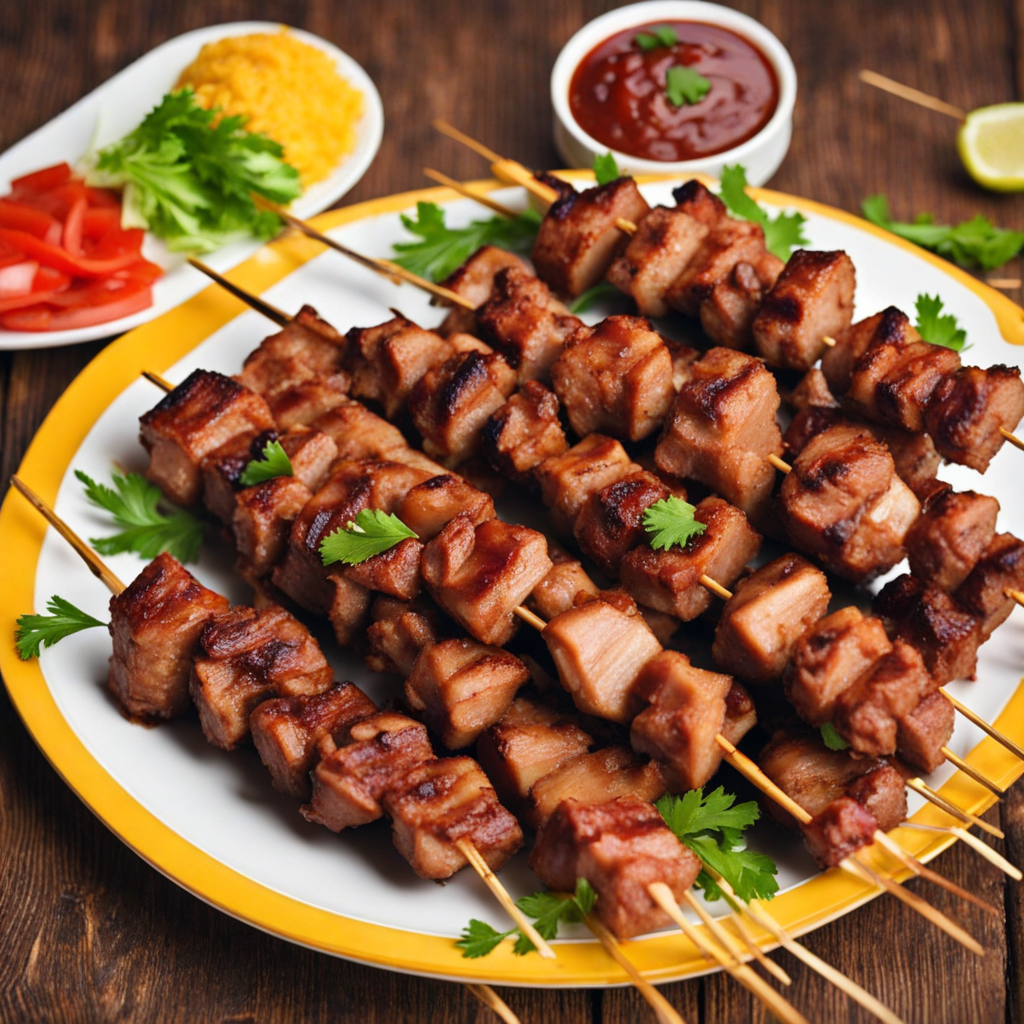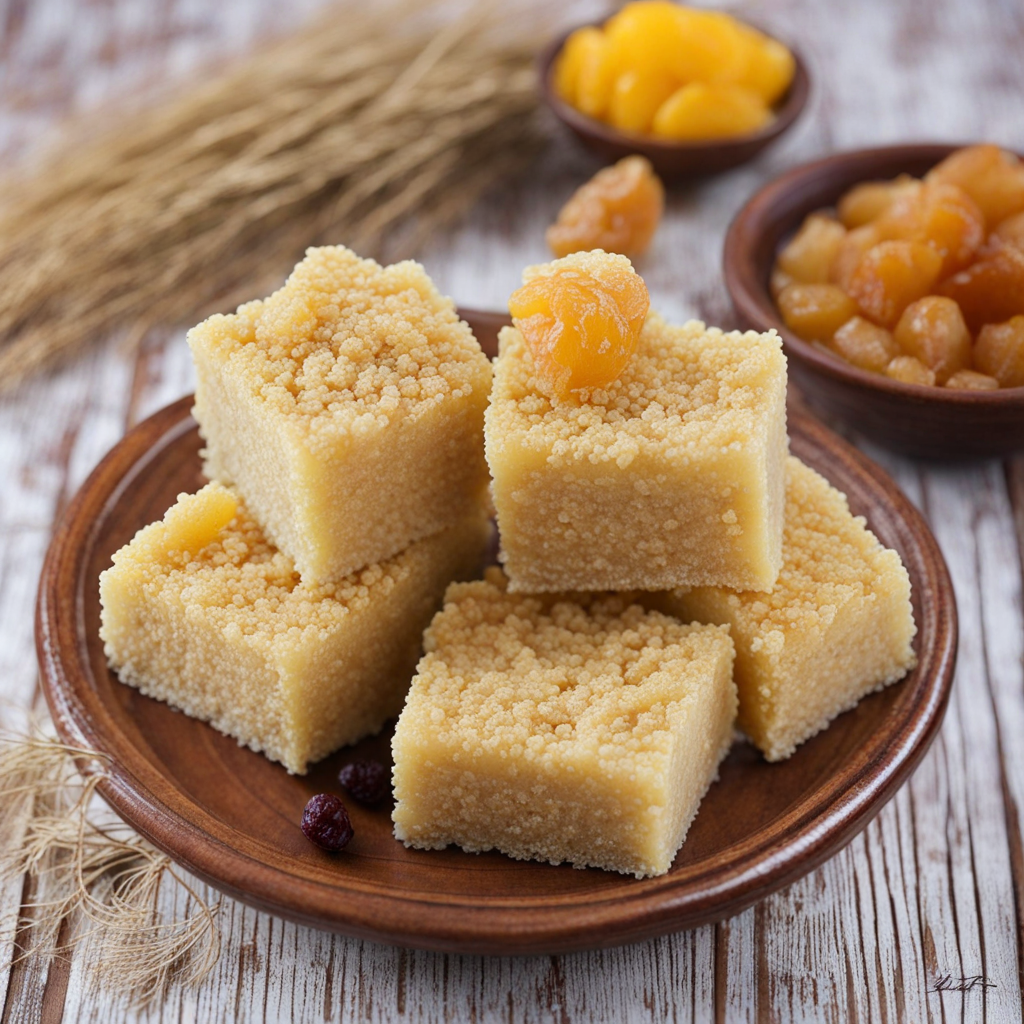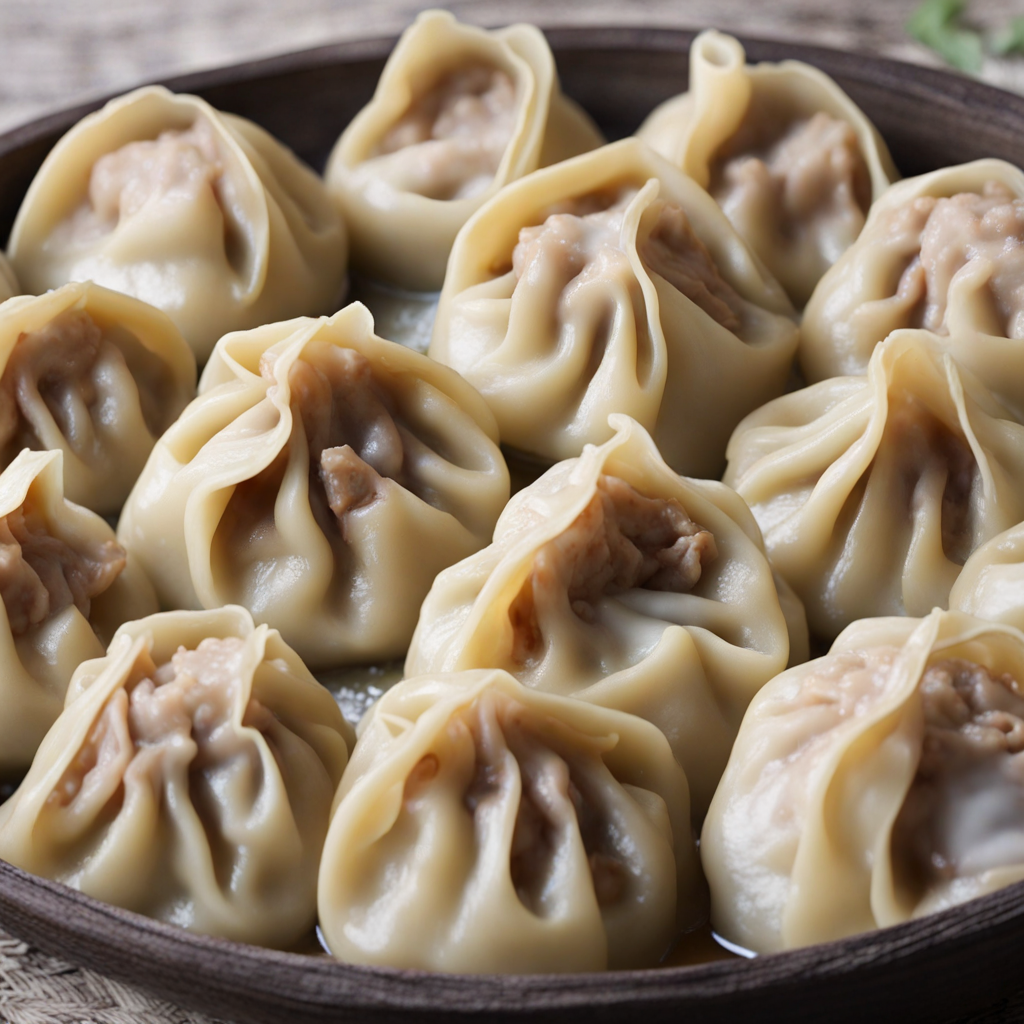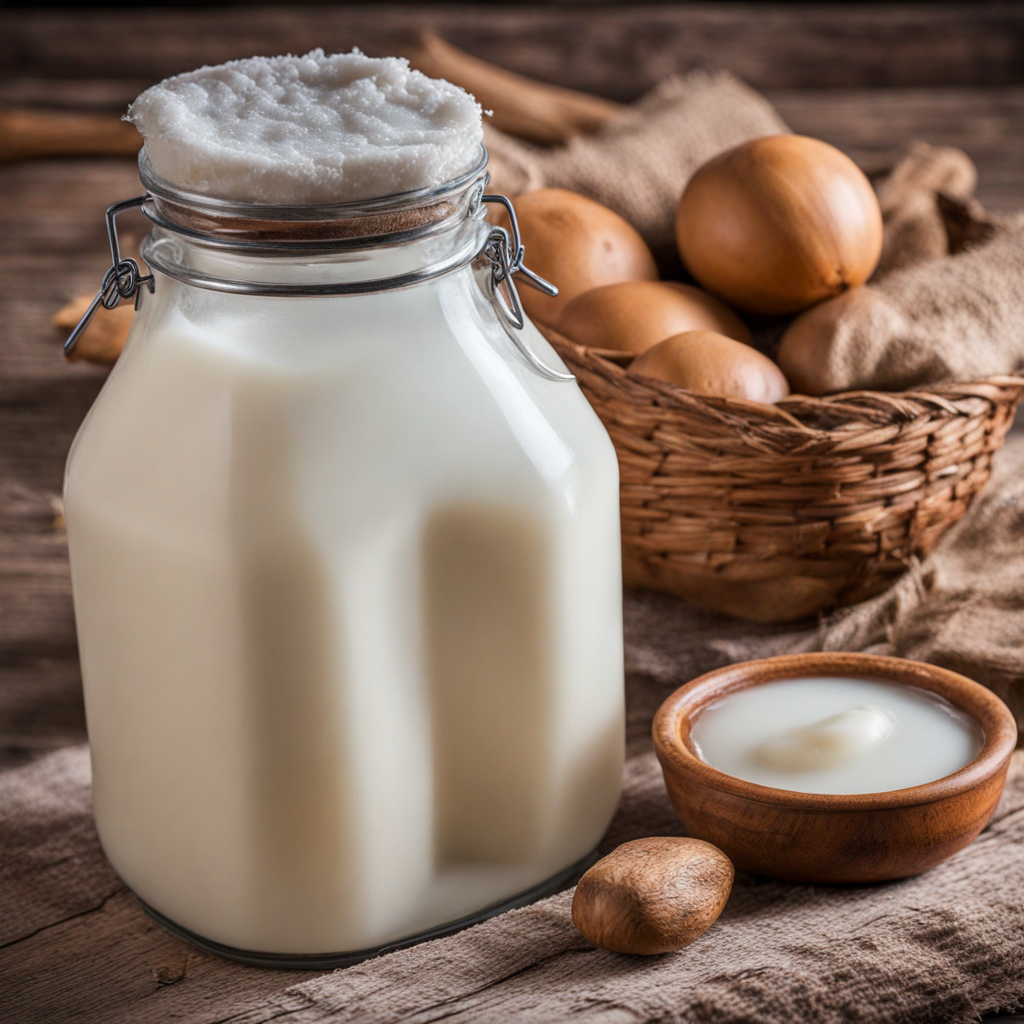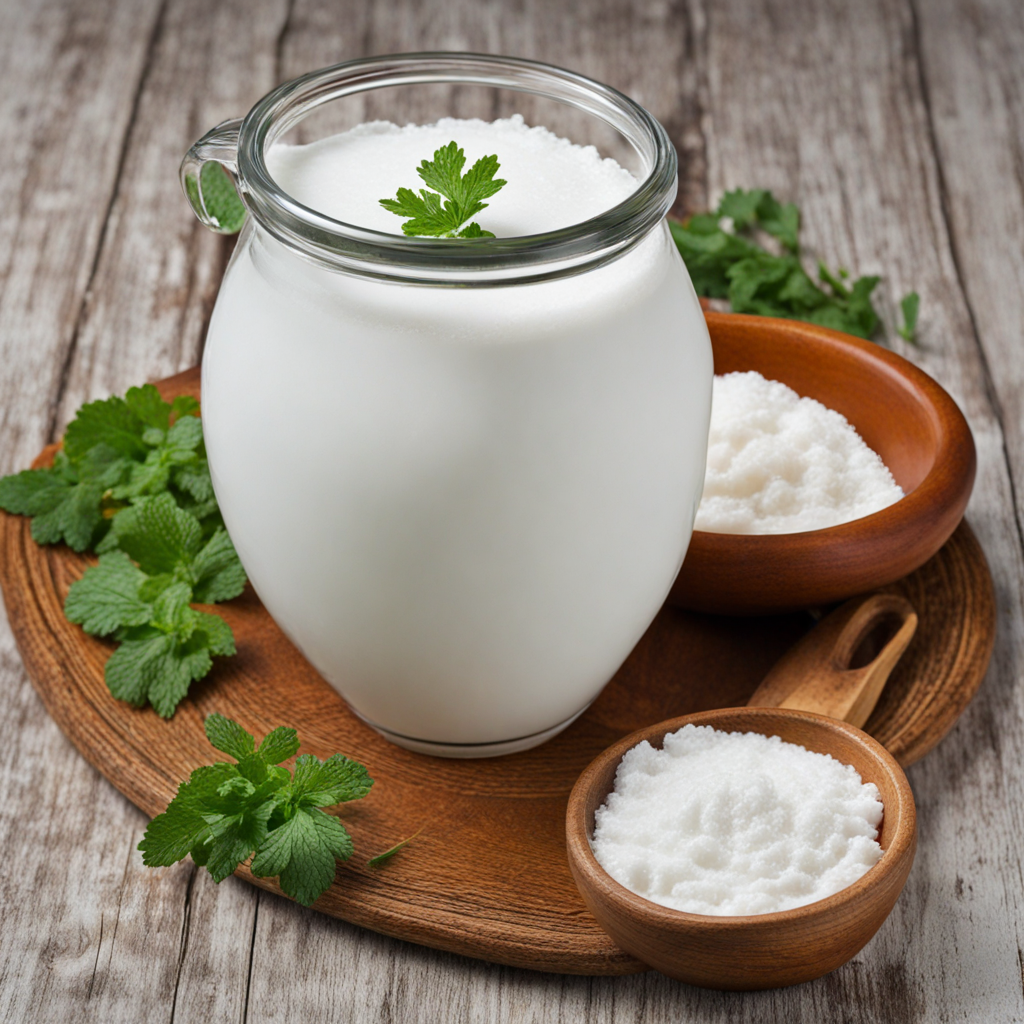Shashlik
Shashlyk, a popular dish in Kazakhstan, consists of skewered and grilled meat, often accompanied by a variety of side dishes. This culinary delight has deep roots in the region's nomadic history, where meat was a staple of the diet due to the herding lifestyle of the Kazakh people. The word "shashlyk" itself is believed to derive from the Persian word "shashlik," referring to a similar style of cooking. Over the centuries, shashlyk has evolved into a cherished dish, reflecting the diverse influences of Central Asian cuisine, including Russian, Mongolian, and Tatar traditions. The flavor profile of shashlyk is rich and savory, characterized by the marinated meat's tenderness and the smoky aroma imparted by grilling over open flames. Typically made from lamb, beef, or chicken, the meat is marinated in a mixture of spices, herbs, and acidic components like vinegar or yogurt. This marinade not only adds depth of flavor but also tenderizes the meat, making it succulent and juicy. The grilling process further enhances the dish's flavor, as the charred exterior contrasts beautifully with the moist interior, creating a delightful taste experience. Preparation of shashlyk is a labor of love that begins with selecting high-quality cuts of meat. The most common choices are lamb or mutton, given their prevalence in the region, although beef and chicken are also popular. The meat is cut into uniform cubes to ensure even cooking. A marinade typically includes ingredients like onions
How It Became This Dish
Origins of Шашлык Шашлык, a dish that has become synonymous with outdoor grilling and social gatherings in Kazakhstan, has deep roots that can be traced back to the nomadic lifestyle of the Central Asian steppes. The word "шашлык" itself is derived from the Turkic word "şiş," meaning skewer. The practice of skewering meat over open flames is believed to have originated with the nomadic tribes who roamed these vast territories, utilizing the abundant livestock available to them. The early Kazakhs, much like other nomadic cultures, relied on sheep, goat, and horse meat, which were easy to transport and cook while on the move. As these nomadic tribes transitioned into more settled lifestyles, the preparation of шашлык evolved. The method of marinating meat in a mixture of spices, vinegar, and onions before grilling became popular. This technique not only enhanced the flavor but also helped preserve the meat in the absence of refrigeration. The dish soon became a staple at communal gatherings and celebrations, reflecting the importance of hospitality and community in Kazakh culture. Cultural Significance In Kazakhstan, шашлык is more than just a meal; it serves as a symbol of unity and tradition. It is often prepared during significant events such as weddings, holidays, and family reunions. The act of making шашлык is a communal endeavor, with family and friends gathering to assist in marinating, skewering, and grilling the meat. This collaborative process strengthens social bonds and highlights the importance of shared experiences in Kazakh culture. The cultural significance of шашлык is further enhanced by its association with the outdoors. The vast, open landscapes of Kazakhstan provide the perfect backdrop for grilling, and it is common for families to head to nature for picnics that feature this beloved dish. The ritual of preparing шашлык in a picturesque setting fosters a deep connection to the land and the nomadic heritage that continues to influence Kazakh identity today. Regional Variations While шашлык is a staple across Kazakhstan, regional variations exist that reflect local customs and available ingredients. In the southern regions, for example, шашлык may be made with lamb and seasoned with a variety of spices that include cumin and coriander, reflecting the influence of neighboring cultures. In contrast, northern areas may favor beef or horse meat, with simpler seasoning to highlight the natural flavors of the meat. Additionally, the method of cooking шашлык can vary. While grilling over open flames is the most common technique, some regions have adopted the use of tandoors, a traditional clay oven that provides a unique flavor profile. This diversity in preparation methods and ingredients not only showcases the adaptability of шашлык but also underscores the rich tapestry of Kazakhstan’s culinary heritage. Modern Adaptations As Kazakhstan has modernized, so too has the preparation and consumption of шашлык. Urbanization has brought about changes in how and where шашлык is enjoyed. In cities like Almaty and Nur-Sultan, specialized шашлык restaurants have emerged, offering a range of meats and marinades, often accompanied by traditional sides such as flatbreads and salads. These establishments cater to a younger generation that seeks to enjoy traditional foods in a contemporary setting. Moreover, the grilling culture has been influenced by global culinary trends. Chefs are experimenting with fusion flavors, incorporating international spices and techniques while still honoring the essence of the traditional dish. This evolution reflects the dynamic nature of Kazakhstan’s food culture, where historical roots meet modern innovation. Шашлык in Global Context The popularity of шашлык extends beyond Kazakhstan's borders, resonating with food lovers around the world. As Kazakh communities have migrated and settled in various countries, they have brought this cherished dish with them, adapting it to local tastes while preserving its core elements. In many ways, шашлык has become a culinary ambassador for Kazakhstan, introducing diverse populations to the rich flavors and communal spirit of Kazakh cuisine. In recent years, as global interest in traditional and authentic foods has surged, шашлык has found its way onto menus in various international restaurants. This growing popularity speaks to the universal appeal of grilled meats and the social experiences that accompany them. Food festivals and cultural events celebrating Kazakh heritage often feature шашлык as a highlight, further promoting its significance on a global stage. Conclusion: The Future of Шашлык Looking ahead, шашлык will undoubtedly continue to evolve while remaining a cornerstone of Kazakh culture. As younger generations embrace their culinary heritage, they are likely to explore both traditional and innovative approaches to this time-honored dish. The ongoing global interest in authentic cuisine may also encourage the revival of traditional grilling techniques and ingredients, ensuring that шашлык remains a cherished part of Kazakhstan's identity. In an ever-changing world, шашлык stands as a testament to the importance of food in preserving cultural traditions and fostering community connections. Whether enjoyed at a family gathering, a festive celebration, or a casual meal with friends, шашлык embodies the spirit of togetherness and the rich history of the Kazakh people.
You may like
Discover local flavors from Kazakhstan


